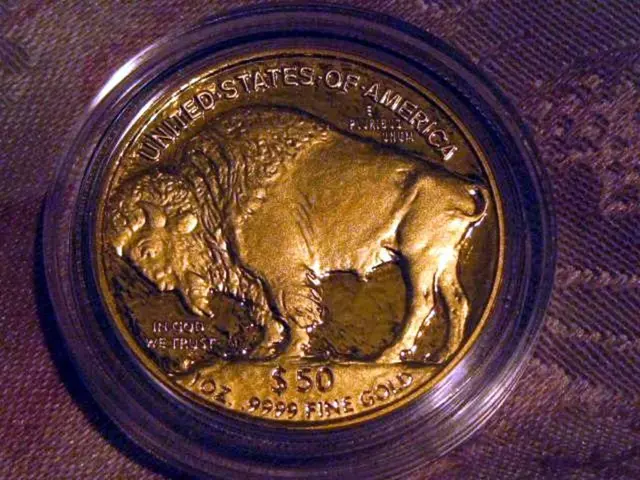Sarah Palin Faces Another Defeat in Lawsuit Against The New York Times
New York Times Re-Wins Defamation Case Against Sarah Palin in Retrial
In a dramatic turn of events, Sarah Palin, former Alaska governor and once-vice presidential nominee, has been dealt a blow in her long-standing feud with The New York Times. The jurors rendered their verdict on Tuesday, dismissing Palin's accusations that the newspaper defamed her.
This verdict comes just a week after the trial commenced, and two years after her initial loss in court. A retrial was initiated in August 2022, following a federal appeals court ruling that Judge Jed Rakoff, who presided over the recent trial, had improperly dismissed the case earlier.
Representatives for Palin did not respond promptly to a request for comment. However, the former governor took to a popular social media platform shortly after the ruling to express her disappointment. She asserted, "I'll keep asking the press to quit making things up."
It's worth noting that the media landscape has undergone significant changes over the past few years. Trust in media organizations has dwindled, possibly setting up a less favorable environment for The New York Times. Nevertheless, the outcome of the trial comes as little surprise, given that both Rakoff and a federal jury had ruled against Palin in her previous lawsuit.
The controversy originated in June 2017 when Palin filed a lawsuit against The New York Times and its former editor, James Bennet, over an editorial that suggested Palin had contributed to political incitement leading up to the 2011 shooting of U.S. Representative Gabby Giffords. The editorial incorrectly claimed that Palin's political action committee had placed "Giffords and 19 other Democrats under stylized cross hairs" in an advertisement.
The Times issued a correction less than 24 hours after the editorial was published, acknowledging that no direct link between Palin and the shooting existed. However, the error did not "undercut or weaken the argument of the piece."
The Times' victory against Palin comes amid a wave of legal attacks against news publishers. The government and certain conservative groups have targeted newspapers, with the Trump administration taking several such actions. Furthermore, some conservatives have been critical of the 1964 Supreme Court ruling in Times v. Sullivan, which has, for decades, protected media outlets from defamation lawsuits from public figures.
In this case, The New York Times effectively defended itself by standing by its editorial and corrections, setting an example for other media organizations during a time when reporters are frequently labeled as enemies of the people.
This story has been updated with additional information and context.
Correction: An earlier version of this story reported an incorrect day for the jury's verdict, which was on Tuesday.
- The media landscape has experienced significant shifts over the past few years, with trust in media organizations noticeably dwindling, potentially providing a challenging environment for The New York Times.
- Palin, who expressed her disappointment over the verdict on a popular social media platform, alleged that the press continues to 'make things up.'
- The Times' victory against Palin occurs amid several legal attacks against news publishers, with some conservatives and the government critically targeting newspapers, including actions taken by the Trump administration.
- In this trial, The New York Times demonstrated an exemplary defense strategy by adhering to the principles represented in its editorial and corrections.
- Originating in June 2017, the controversy between Palin and The New York Times arose from an editorial that incorrectly claimed Palin's political action committee placed a symbolic target on a group of politicians, including Gabby Giffords, leading up to her shooting. The Times later issued a correction admitting that no direct link between Palin and the shooting existed, but the error did not 'undercut or weaken' the initial argument of the piece.







